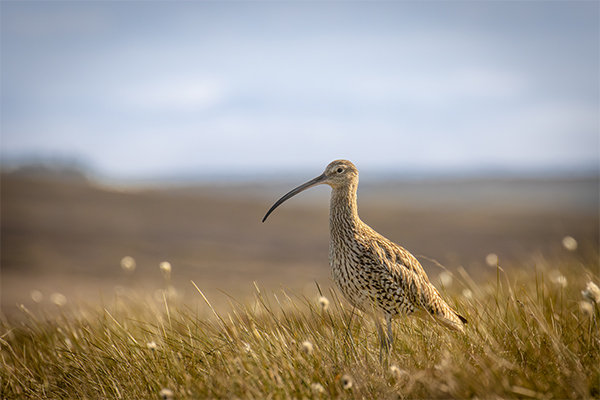
Conservation and habitat management advice
Find information and guidance on all aspects of habitat management and conservation relevant to shooting.
Get information on the legal shooting season for mammals and birds in the UK.
Apply for funding for your project or make a donation today
Comprehensive information and advice from our specialist firearms team.
Everything you need to know about shotgun, rifle and airgun ammunition.
Find our up-to-date information, advice and links to government resources.
Everything you need to know on firearms law and licensing.
All the latest news and advice on general licences and how they affect you.
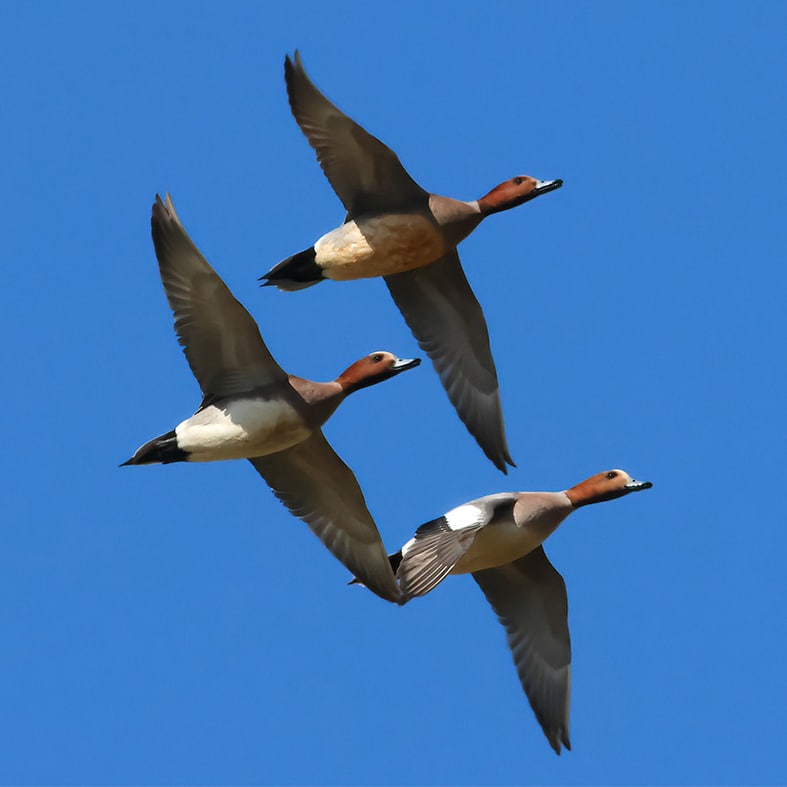

Home » Conservation in Action » Conservation projects » Wing survey
The wing survey has been running since 1965, but our best data is from the 1980s onwards. It tells us the ages and sexes of the quarry species shot and submitted each year.
Since 1986, more than 46,000 wings have been submitted to the survey, providing a hugely valuable resource to assess population changes over a long period of time.
You can get involved in the wing survey throughout the wildfowling season (see information below).
By contributing to the survey, you will be adding towards a valuable dataset. Together, we can ensure that we have the evidence of responsible harvest of wildfowl and are acting sustainably by monitoring the species we shoot. This information ultimately contributes to safeguarding the future of wildfowling.
Find out more below about how to submit your wing data.
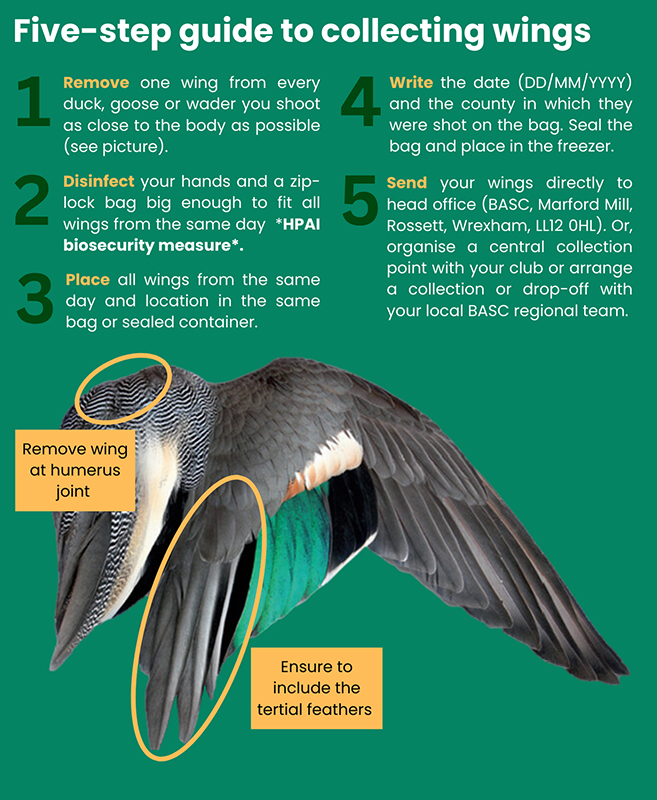

The wing survey is a monitoring project which collects data about shot ducks, geese and waders from wings sent to us by shooters. Wings provide invaluable information about the age and sex ratios of waterbird harvests.
The data can be used to provide information such as the timing of migratory bird arrival at different locations in the UK, breeding success. Over time, such information will help us understand whether we take sustainable portions of the population.
Many huntable species demonstrate population declines in the UK and in Europe. There is a lack of accurate population and hunting data for many of these species, therefore any information we can collect is vital to their long-term conservation.
Data from wing surveys across the world is used to monitor shot populations. For example, USA, Denmark and France have successful, long-term wing surveys which feed data into international trends such as the Wetlands International’s Waterbird Population Estimates.
Working with the Waterfowlers’ Network, we will share results from our wing survey to contribute to the bigger picture of what is happening to waterfowl populations across the North West European Flyway (NWEF).
These wide-ranging species require a combined effort from all countries that share the flyway to collect information about their numbers, distribution and harvest.
With an increasing amount of regulation surrounding wildfowling, mainly due to the uncertainty surrounding our migratory bird populations, more data on population composition and hunting is vital.
By taking part in the survey, you be are contributing to the data we have been collecting since 1986. With long-term trends, we can fill the gaps in our understanding of waterbird populations to make more informed decisions about how we can harvest them sustainably.
Thank you to everyone who has supported the survey over the years. Please promote the scheme to your fellow wildfowlers and duck and goose shooters and to continue sending us wings as we move forward.

Find information and guidance on all aspects of habitat management and conservation relevant to shooting.
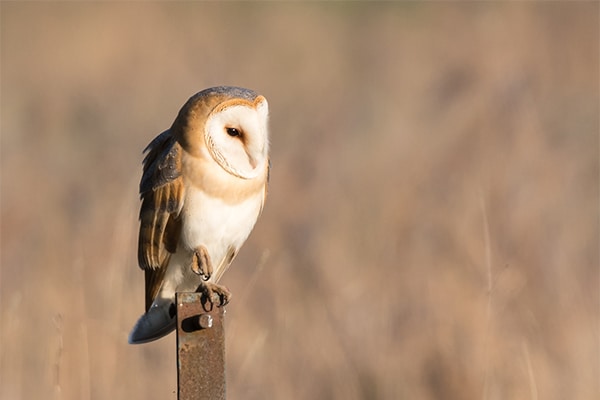
Find out more about the conservation projects we are currently undertaking and how you can get involved.
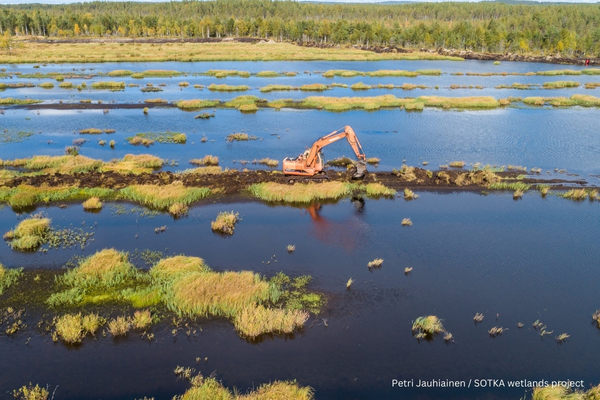
The BASC Wildlife Fund provides loans for land purchase and grants for conservation projects linked to sustainable shooting.